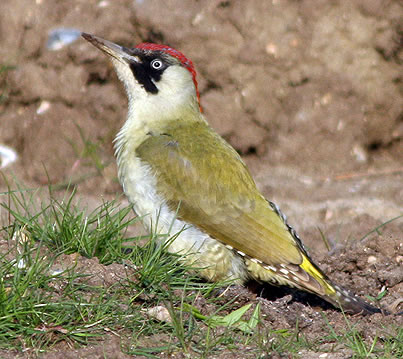Miscellaneous Birdwatching spots in Teesside
The
Teesside area has a good mixture of habitats, although there are some
gaps. The habitat we really lack is mature deciduous woodland, especially
Oak. There are pockets of this precious habitat but not enough to hold
good populations of species like Wood Warbler, Pied Flycatcher, Redstart
etc.
Woodland in the Teesside area tends to be in small pockets. In the south of the area the semi-natural woodland tends to be in the steep valleys running down to the sea. Most of the rest of the tree cover has been planted during the last 100 years or so. Very old trees (such as Oak) are quite rare in our area as most mature trees were either used for fuel or for materials used in the Ironstone industry during the last 200 years.
A good place to look for woodland species is Saltburn woods, which holds quite a variety of typical species such as Great Spotted and Green Woodpeckers and in the past Lesser Spotted Woodpecker (which is very rare in Teesside). Also Hawfinch, Dipper, Grey Wagtail, Nuthatch, Blackcap, Garden Warbler, Chiff Chaff and Willow Warbler.

Green Woodpecker
Some woodland species are rather difficult to find in the breeding season such as Pied Flycatcher and Redstart. They are spread very thinly in this area. The woods at the base of Roseberry Topping do offer one of the best chances to find Redstart, although Pied Flycatcher is more illusive. Coniferous forest is more widespread around Teesside and does give the habitat needed for species such as Goldcrest, Siskin, Redpoll, Crossbill, Sparrowhawk and Goshawk. More unusual species seen in the forests have included Nightjar and Parrot Crossbill.
Apart from the North Tees marshes and Coatham marsh, the amount of open water in Teesside is small. This gives small ponds and patches of open water more significance. Hemlington lake has built up quite a species list since it was built. It is most noticable for passage birds such as terns, ducks and the occasional Osprey. The most famous pond in our area must be Charlton's pond in Billingham, this small pond has had a wide variety of birds such as Black-Throated Diver, Ring-Necked Parakeet and the most famous of all, the first British record of Double-Crested Cormorant.

Sparrowhawk